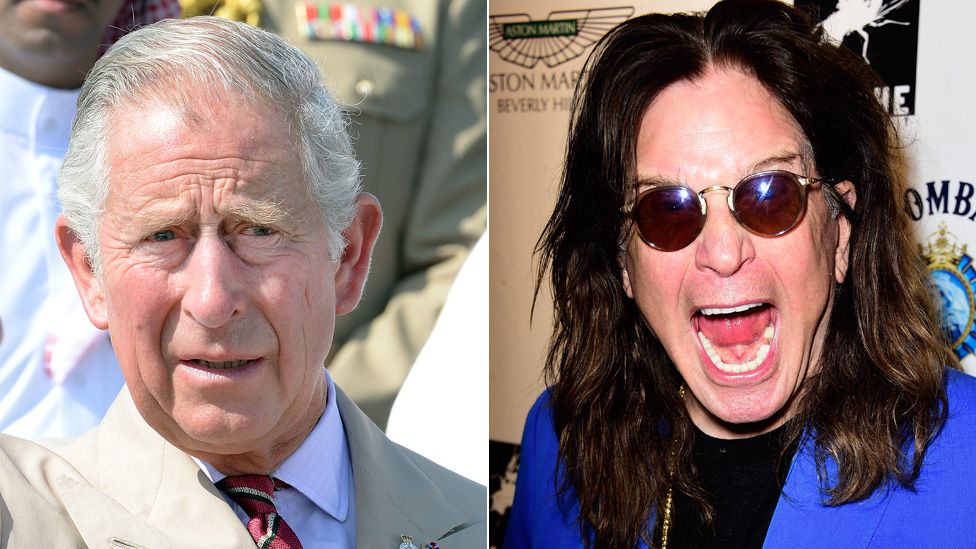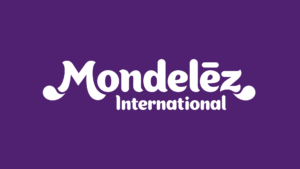21ST CENTURY TARGETING – TIME TO UPGRADE
You discover your target, not decide who they are based on assumptions, opinions, or the laborious crafting of fictional persona.
An advertising trope has been going around for years, called The Two Princes. It goes like this:
The consumer researchers show up and inform you that you are going to make some advertising for a target called The Two Princes who have the following demographics:
- British males
- Exceptional wealth
- Born in 1948
- Married, remarried
- Kids, grandkids
- Love wine, dogs, exotic cars
- Ski in Switzerland each winter
Then comes the big reveal: OMG! It’s Charles the Prince of Wales and Ozzy the Prince of Darkness! Two princes! Get it?
ust in case you were born in this century, Ozzy Osbourne is a heavy metal singer who is famous for biting the head off a bat on stage, contracting rabies, going in and out of rehab, among other metal singer-style exploits.
Ozzy and Charles have identical demographics, so if you didn’t know better, you would create the same ad for both, which would likely appeal to neither (keep reading). Of course, you intuitively know how different these two are, and giving them the same message seems ludicrous.
Right?
This is where marketing teams in board rooms laugh hysterically and begin reflexive head-nodding: “Oh my god, absolutely, ridiculous, ahaha!”
This is clearly a targeting disaster waiting to happen, but the above marketers cannot explain how they are different in terms of their cognitive decision processes. They might be able to talk about attitudes and opinions (psychographics), and possibly throw in some speculative “hopes and dreams” juxtaposed against “pain points” depending on how closely they read the gossip columns.
The inability to express the differences of these two diametrically opposed segments via the psychological traits that directly affect decision is a breakdown in the efficacy of advertising. In other words, CEOs & CFOs, if you hired an agency/marketing team that cannot lucidly describe the decision process—the one critical component to revenue—might be time for a cool change. Would you anticipate that a taxi could get you where you want to go if the driver just proclaimed he doesn’t know how to drive?
Decision is the only possible objective of customer creation (marketing). An ad or other message — PR, content, social, influencer — can at best trigger decision in people. Decision to read, decision to act, decision to even see the message. It cannot force them to take any kind of action. Consideration, purchase, clicks, share, engagement, subscribe, advocate, or any other popular “objective” touted in marketing advice columns is a second-order effect of decision. People have free will. Consumers (including you) will do what they deem appropriate at the time, no matter what your agency might tell you. This is the physics of human behavior. It’s like gravity. Place yourself over the ledge of a tall building. The loss (and mess) in both cases is preventable.
What would The Two Princes look like in reference to both getting into the brain and triggering decision? Allow me to share my version. I call it The Prince.
OZZY & CHARLES MEET PSYCOM
The market research team shows up with the brief. The target is called “The Prince,” comprised of seemingly identical individuals with the following demographic characteristics:
- British males
- Exceptional wealth
- Born in 1948
- Married, remarried
- Kids, grandkids
- Love wine, dogs, exotic cars
- Ski in Switzerland each winter
We tape the targeting brief to the whiteboard and mostly forget about it. Then we get down to business by assessing The Prince target using our technology platform that powers PsyCom: the new science of customer creation. After the platform extracts the psychometric traits, we discover that there are, in fact, not one prince, but two distinct princes:
| Charles Cluster | Ozzy Cluster |
| Introverted | Extroverted |
| High conscientiousness | Low conscientiousness |
(Note: I’m using two familiar personality traits from the five-factor model for the purpose of illustration, the platform measures across the entire spectrum of human cognition. The median number of PsyCom clusters across analyses is five.)
The Charles cluster is introverted. We all know what this means. Quiet alone time is no problem for him, and he will seek it. He is also high in conscientiousness. Conscientiousness in personality psych is the measure of how orderly, proactive, entrepreneurial, and organized you are.
The Ozzy cluster are extraverts and crave being around people. Covid was particularly a bitch for extraverts. Zero social interaction for these people is like being deficient in some essential nutrient resulting in cravings and bad decisions. We’ve all been there. The Ozzy cluster is low in conscientiousness. This means they are impulsive, mercurial, sloppy, and disorganized.
THE CREATIVE EXERCISE
An agency is creating ads for a high-end car brand. Let’s go through the scenarios.
Scenario 1: The Princes
What they know: demographics only.
Output: a car with a distinguished gentleman, dog on a leash, possibly at a vineyard. The copy says “cancel your appointments now, it’s time to live a little.”
Result: Charles might see it but is put off by the copy as it violates his sense of keeping his life tidy and scheduled. While the copy may resonate with the Ozzy cluster, the visual will not. Visual stimuli are processed 600x faster than words, so their brains filtered the ad out.
Ay caramba.
Scenario 2: The Two Princes
What they know: PsyCom cluster report (and demographics, since they are taped up)
Output (Ozzy): an ostentatious ad with the sporty version of the car, industry people post-concert in the background, his prominent family in the mix. Copy: “The party is where you go.”
Result: the visual speaks to the extravert, the copy speaks to his impulsive nature.
Output (Charles): The classic model at a Swiss ski chalet. Copy: “Engineering tradition that lets you relax.”
Result: Image captures solitude which resonates with the introvert, the copy communicates all is in order via top notch engineering honed over decades, and during those precisely blocked off vacations, nothing will distract. Right on schedule.
The brand team can run these concurrently because the Ozzy cluster will not even see the Charles ads, and vice versa, so it’s possible to target your Total Addressable Market, not some narrow, highly defined, quasi-true target segment or two. The physics of human behavior wins the day, and your CFO loves you.
TREAT DEMOGRAPHICS AS SUBTRACTIVE, NOT ADDITIVE
It’s far more useful to think of demographics as describing what the target isn’t vs. what it is. If the product is feminine hygiene, then the targeting parameters will exclude men. You’re still left with a very large group of women with a broad spectrum of cognitive characteristics. Working up creative simply based on this, plus some guesswork and assumptions otherwise known as “persona” is just inviting an Ozzy/Charles scenario.
We still need to understand their PsyCom profiles in order to know how to frame the message such that we can both get into their brains, and trigger decision.
A word of caution on making assumptions about demographics and eliminating populations just to feel a surge of dopamine: a beverage brand told us once, “Ignore women. They don’t drink our product.” When we examined closer, we found that a third of their customer base was female. Most were over 40 and drank alone at home (no assumptions, no judgments here). This put the brand team in a precarious spot: listen to global and lose out on the revenue? Or defy global and capture it? Guess which one we did…
If you would like to rocket your revenue generation into the 21st Century by working with (rather than against) the laws of physics of human behavior, and by incorporating PsyCom: the new science of customer creation, feel free to reach out to me, it would be my honor and pleasure to speak with you.



